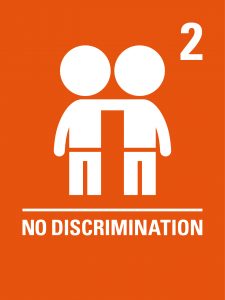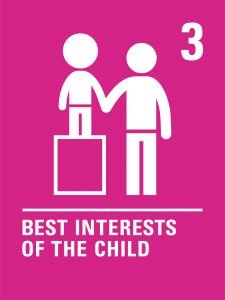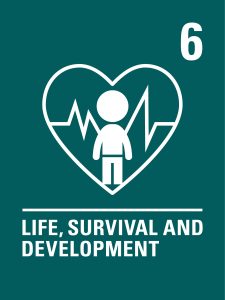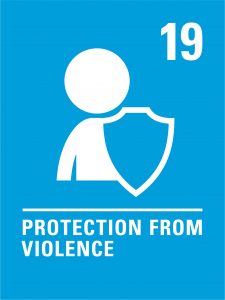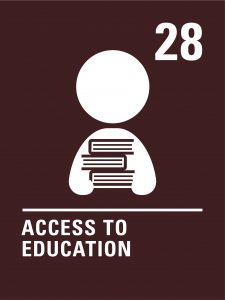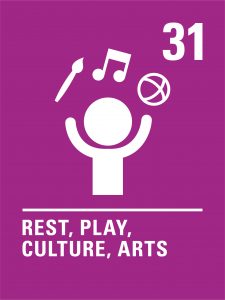All children have the right to be treated equally
Women and girls continue to face political, economic and social inequality. Learn about the root causes of gender inequality from the higher levels of poverty, the lack of access to basic and higher education to their underrepresentation in leadership and decision-making. Find out how gender roles and stereotyping negatively impacts both boys and girls and how you can challenge this in society.
Workshop Activities
| Activity 1 | Understanding Gender Identity | 30 Mins |
| Activity 2 | Gender Roles | 30 Mins |
| Activity 3 | Institutional Sexism | 30 Mins |
| Activity 4 | Changing Times | 20 Mins |
| Activity 5 | Are you a feminist? | 20 Mins |
Learning Objectives
- Differentiate between sex and gender, and how they affect our lives
- Challenge gender stereotypes and combat gender inequality
- Identify the root causes of gender discrimination and examine the impact it has on the world.
Curriculum Connections
JUNIOR CYCLE
Statements of Learning
- SOL 7: The student values what it means to be an active citizen, with rights and responsibilities in local and wider contexts.
- SOL 9: The student understands the origin and impacts of social, economic, and environmental aspects of the world around her/him.
- SOL 11: The student takes action to safeguard and promote her/his wellbeing and that of others
- SOL 23: Brings an idea from conception to realisation
JC WELLBEING – This programme works on achieving the following Well-being indicators.
- Responsible – I take action to protect and promote my wellbeing and that of others
- Connected – I feel connected to my school, my friends, my community and the wider world. I appreciate that my actions and interactions impact on my own wellbeing and that of others, in local and global contexts.
- Respected – I feel that I am listened to and valued. I have positive relationships with my friends, my peers and my teachers. I show care and respect for others.
JC CSPE Rights and Responsibilities, Human Dignity and Homelessness, Democracy and Constitution
JC SPHE Strand 2 L0 2.3
Senior Cycle
SC ECONOMICS:
- Strand 1 What is economics about?
- Strand 2 How are economic decisions made?
- Strand 3 What can markets do?
- Strand 4 What is the relationship between policy and economic performance?
SC POLITICS & SOCIETY
- Strand 1 Power and decision-making
- Strand 2 Active Citizenship
- Strand 3 Human rights and responsibilities
Resources
Definitions:
Feminism– the advocacy of women’s rights on the ground of the equality of the sexes. Many people do not like to define themselves as feminists. They prefer to consider themselves as egalitarian or humanist. Feminists would argue that the terminology highlights the fact that females are generally the group that suffers from inequality. However, words and labels should not get in the way of advocating for the rights of those who suffer from inequality.
Intersectionality– different forms of oppression overlap and cause different types of disadvantage.
Sexism– prejudice, stereotyping, or discrimination, typically against women, on the basis of sex.
Misogyny– dislike of, contempt for, or ingrained prejudice against women.
Gender Roles– the role or behaviour learned by a person as appropriate to their gender, determined by the prevailing cultural norms.
Gender vs Sex
Global Goal 5- Gender Equality
Gender Equality in Ireland
Teaching Notes
This workshop covers a wide variety of gender-related issues. It is recommended that you choose the discussions and activities you feel appropriate for your class, their age group and your level of comfort in discussing the issue. It is always good practice to alert the students ahead of time, to the topics you will be covering, so as to give them the option to opt-out of the discussion. Discuss boundaries and create ground rules ahead of the workshop to ensure a safe and positive atmosphere. Be aware that issues like rape, FGM, sexual abuse and violence against women might touch on issues your participants have experienced. Also, be sensitive to students who might be dealing with gender identity or sexuality issues.
These websites can provide further support, have them on view so that any participant can take note of the website anonymously: rapecrisishelp.ie , cari.ie, reachout.com , womensaid.ie spunout.ie, belongto.org
Here is a helpful guide to follow on how to handle sensitive topics. If you are a young person leading these activities, please do so with the support of a teacher or adult.
In Ireland's 2020 General Election, 1/3 of all candidates were women, however only
women were elected, that represents just 22% of Dáil seats.
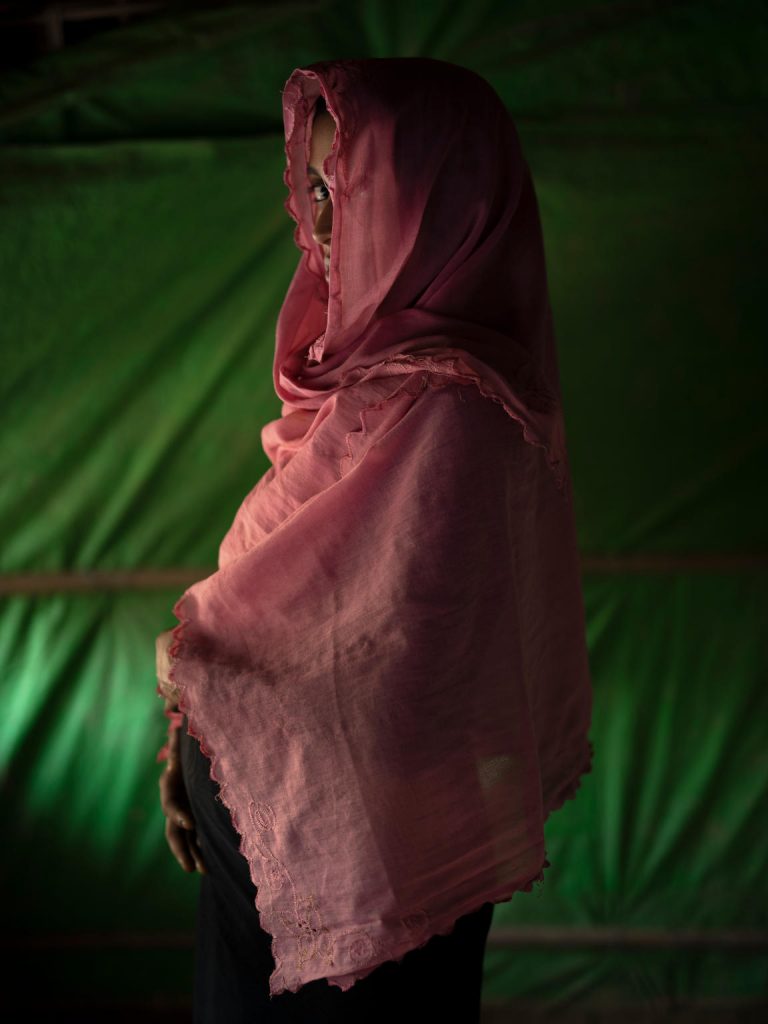
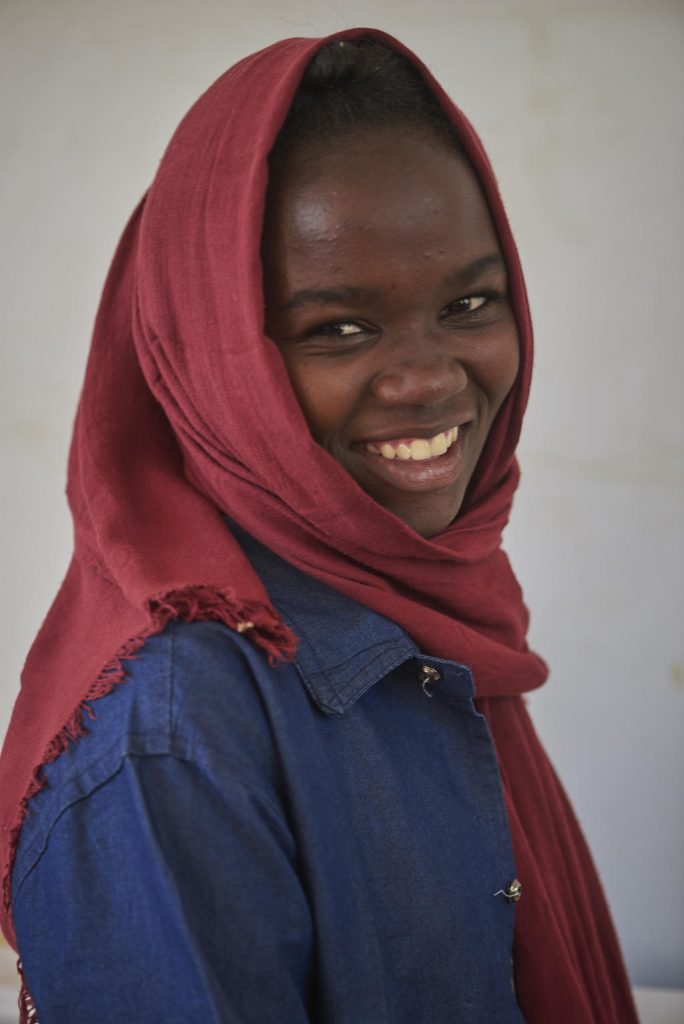
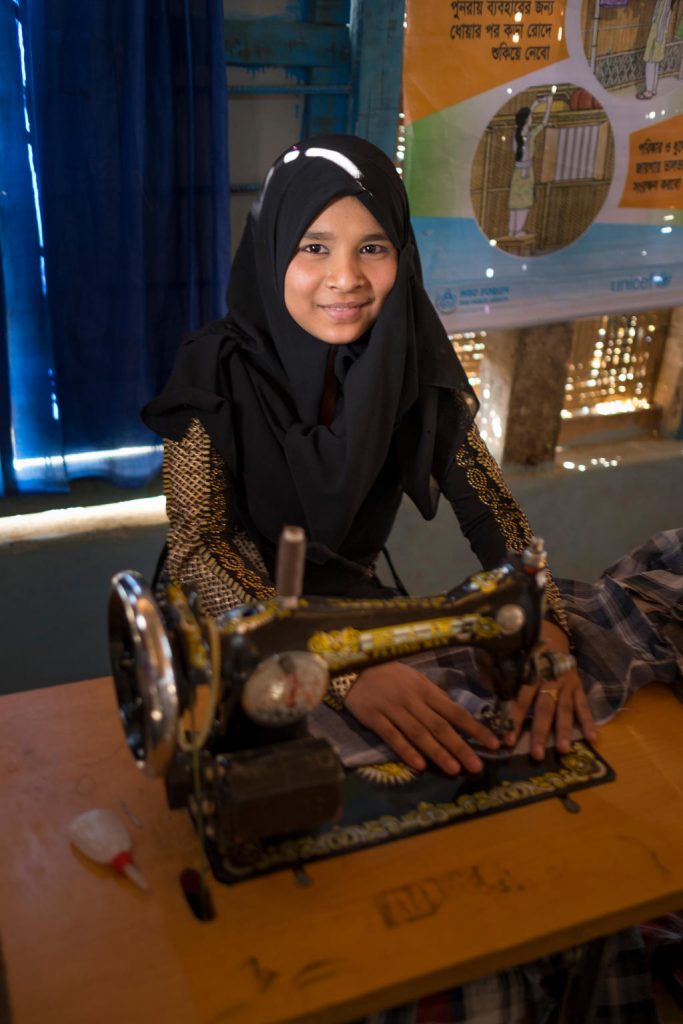
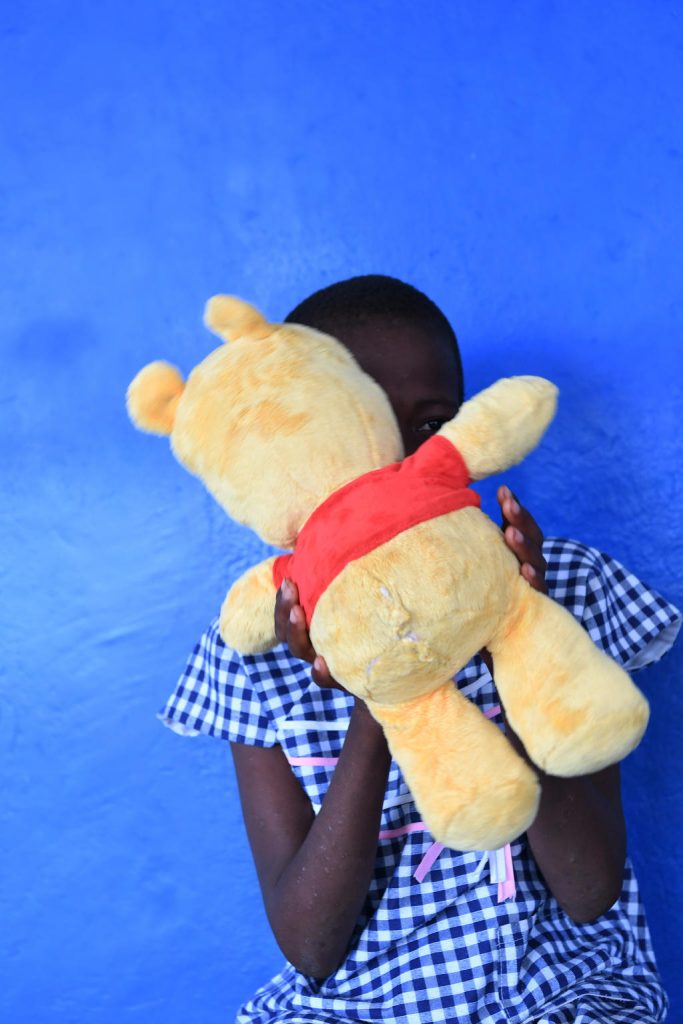
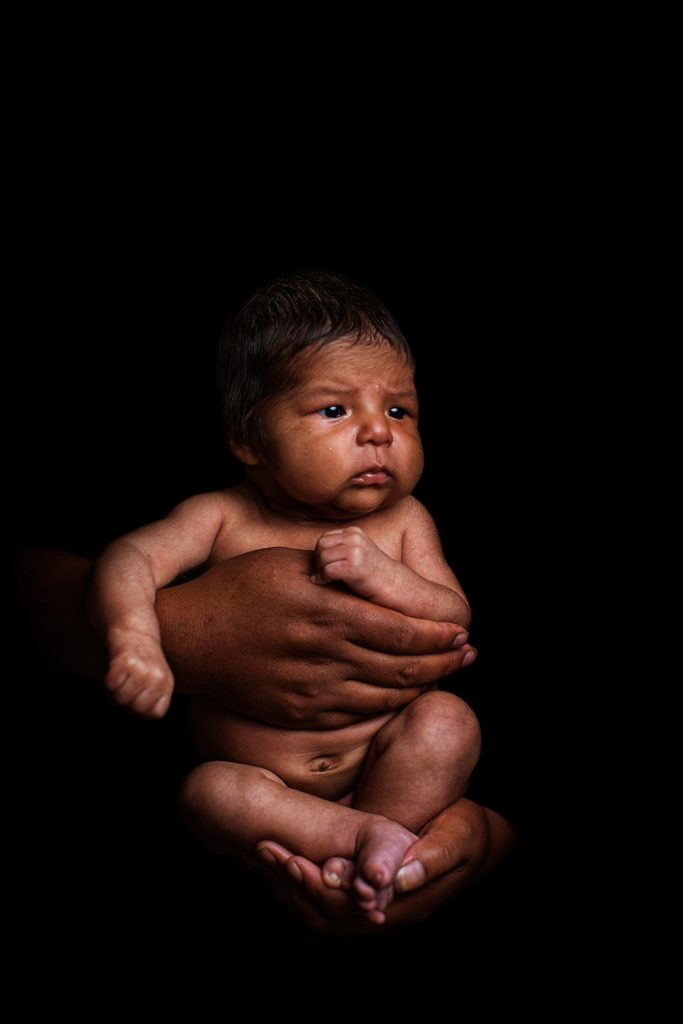
Why gender inequality a child rights issue
- 12 million girls are married before the age of 18, each year. That is nearly one girl every 2 seconds that loses her childhood. 1 in 5 women was married before their 18th birthday. (UNICEF)
- Each year, over 4 million girls are at risk of undergoing FGM. Most girls are cut before the age of 15. (UNICEF)
- Around the world, 132 million girls are out of school, girls’ access to education is the lowest worldwide, especially at the secondary level. (UNICEF)
- Disproportionately affected by HIV/AIDS, 62% of adolescents 15-19 living with HIV are girls. (UNICEF)
- Today 126 million baby girls are believed to be missing as a result of gender-biased sex selection. (UNFPA)
- Conflicts and natural disasters exacerbate gender inequalities, particularly against women and girls. (UN)
Video: #EndChildMarriage
Video: Equality, the Difference Between Life and Death
Activity 1 – Understanding Gender Identity
Duration: 30 Mins
The aim of this activity is to help participants to reflect on their personal identity. Download the presentation to help support the activity
Discussion: It is important to start the conversation on gender inequality with an understanding of gender. Ask participants to consider, are you born a particular gender or do you become a gender? According to the World Health Organisation, ‘Sex’ refers to the biological and physiological characteristics that define men and women. ‘Gender’ refers to the socially constructed roles, behaviours, activities and attributes that society considers appropriate for men and women. To put it another way: ‘male’ and ‘female’ are sex categories, while ‘masculine’ and ‘feminine’ are gender categories.
Group Work: Step 1 Divide participants into four groups, masculine male, feminine female, masculine female and feminine man, give them each a large sheet of paper and tell them they will be recording the words they feel society uses to describe their category of person.
Call out the following words and ask the groups to write down the words or traits they feel describes their category of person: hairy, muscles, breasts, brave, rough, risk-taker, independent, emotional, curvy, assertive, friendly, cuddly, affectionate, romantic, gentle, confident, tall, moody, strong, rationale, competitive, shy, cooperative, nurturing, pilot, decisive, daring, dominant, short hair, long hair, violent, aggressive, hysterical, indecisive, leader, fighter, healer, pink, cleaner, doctor, teacher, nurse, graceful, short hair, earrings, soft, flirtatious, hips, messy, artsy, scientist, quiet, bold, powerful, insensitive, physical, athlete, stubble, gay, straight, pretty, charming, beautiful, fit, funny, bad, engineer, gamer, footballer.
Step 2: In our society, how would you rate your person in terms of their perceived power, with 1 being weak and 10 being powerful? Who might you give authority or decision making power to? Which person could you perceive as vulnerable or lacking in power? Why? How might that person be treated?
Step 3: Ask participants to count the number of perceived negative characteristics you have on the page. Ask them to circle any words that could be seen as a stereotype of your category of person.
Feedback: Discuss with the wider group the implications of stereotypes.
A stereotype is a mistaken idea or belief many people have about individuals or groups, based upon how they look on the outside, which may be untrue or only partly true. When a person is stereotyped, expectations can be placed on them and decisions can be made about them. Stereotyping quite often underpins discrimination and inequality and can even lead internalised beliefs that limit people’s options and expectations of themselves.
Activity 2 – Gender Roles
Duration: 30 Mins
The aim of this activity is to explore the impact of gender roles on children.
Group Work: Divide participant into 4 groups – World * Ireland * School * Family
Ask them to discuss gender roles and how they affect the way boys and girls experience life? Give each group a flipchart divided into two sections male and female. Ask them to reflect on the different gender roles experienced by males and females in the different contexts.
Feedback: Are their distinct roles? Do the roles have different expectations? Is there a gender bias and if so, who does it favour most? What implications does this have for these people?
Gender bias is the tendency to prefer one gender over another. It is a form of unconscious bias, or implicit bias, which occurs when
Activity 3 – Institutional Sexism
Duration: 30 Mins
The aim of this activity is to explore the various forms of sexism and how it impacts society.
Discussion: Sexism is the prejudice, stereotyping, or discrimination, typically against women, on the basis of sex. Institutional sexism is the subordination of one gender (usually women) as part of the everyday workings of economics, law, politics, and other social institutions. This helps to normalise discrimination and abuse.
Group Work: Ask participants to divide into smaller groups. Watch 1 of the 6 videos and discuss it with the group. Can they think of other examples of sexism? What are the implications of this for society and individuals? Is this an obstacle to the achievement of real gender equality? Feedback to the larger group.
Institutional sexism
Video: Victim-blaming and rape myths in Ireland
Sexism in the media
Video: Every-day Sexism on Fox News
Harmful stereotypes for boys
Video: The Mask You Live In
Sexism in Media
Video: Baffling Sexism of Kids Media
Sexual Objectification
Video: Laci Green defines Sexual Objectification
Gender-based violence online
Video:
Activity 4 – Changing Times
Duration: 20 Mins
The aim of this activity is to explore the generational changes that have occurred.
Group Work: Has society changed over the years? Divide into smaller groups and discuss what has changed since your grandparent’s generation, your parent’s generation and now? Record both positive and negative changes. Discuss how these changes came about? What has improved the most and what are the biggest challenges to overcome? Feedback to the larger group.
Activity 5 – Are you a feminist?
Duration: 20 Mins
The aim of this activity is to discuss what it means to be a feminist.
Emma Watson, U.N. Women Goodwill Ambassador, spoke at the U.N. Headquarters in New York about gender equality and what it means to be a feminist. At the beginning of her speech, Watson states, “feminism, by definition, is the belief that men and women should have equal rights and opportunities. It is the theory of political, economic, and social equality of the sexes.” Ask participants if they agree or disagree with this statement, “I am a feminist”.
Walking Debate: Divide the room into two, ask participants to stand on either side depending on their views.
After the debate, watch Emma Watson’s famous HeForShe speech at the U.N.
TAKE ACTION
We all have responsibility for achieving the Sustainable Development Goals by 2030. Although many Goals contribute to Gender Equality, this issue is the specific focus of Goal 5. Use them, along with the Convention on the Rights of the Child to support your call to take action and address these issues. Below are just a few suggestions of actions you can take.
TOOLS
EXPLORE
This activity can help your school achieve a Global Passport Award. Learn more or apply at WWGS’s Global Passport Award.
Funded by Irish Aid’s WorldWise Global Schools – contents are the responsibility of its author and do not necessarily represent or reflect WWGS and or Irish Aid policy.
